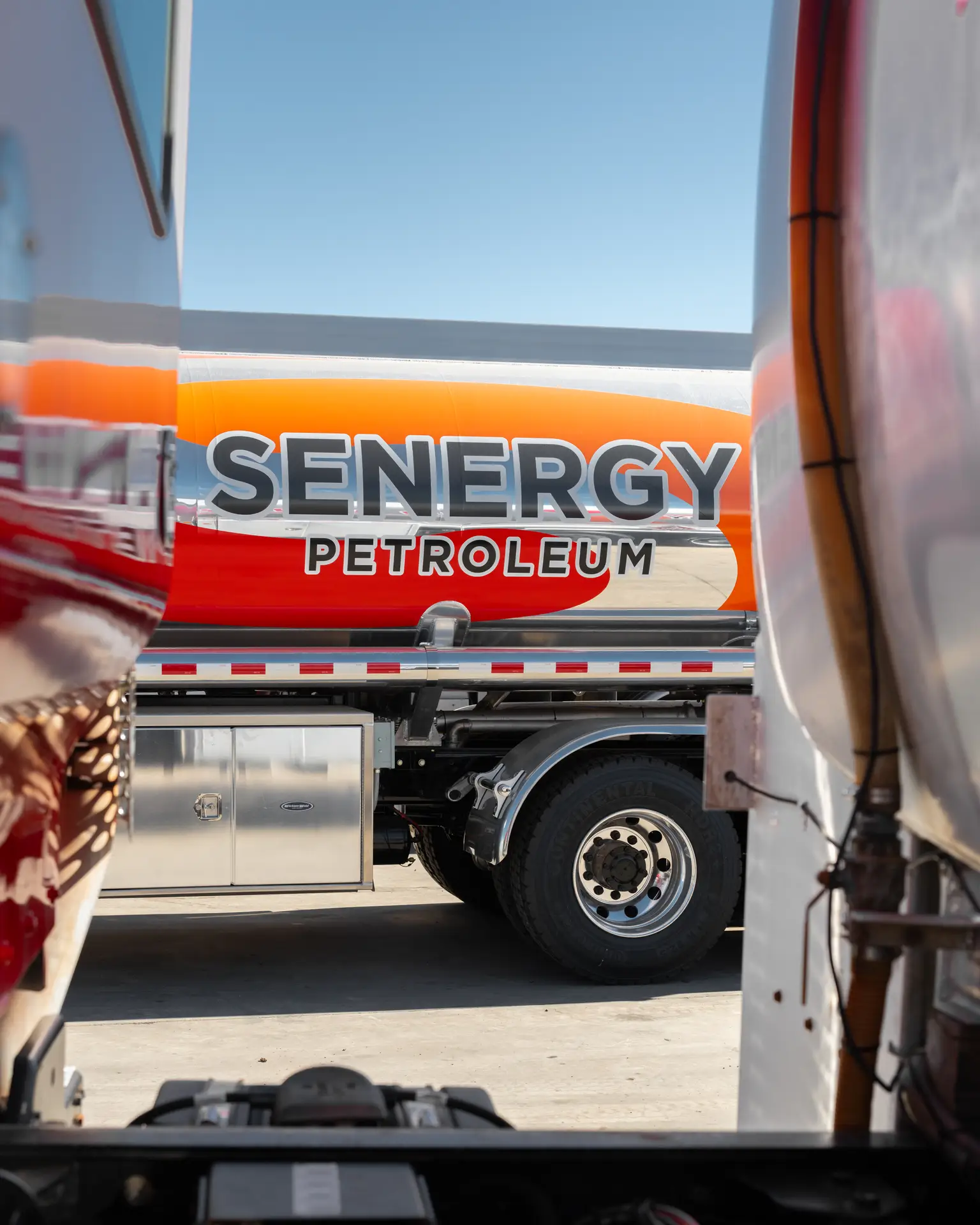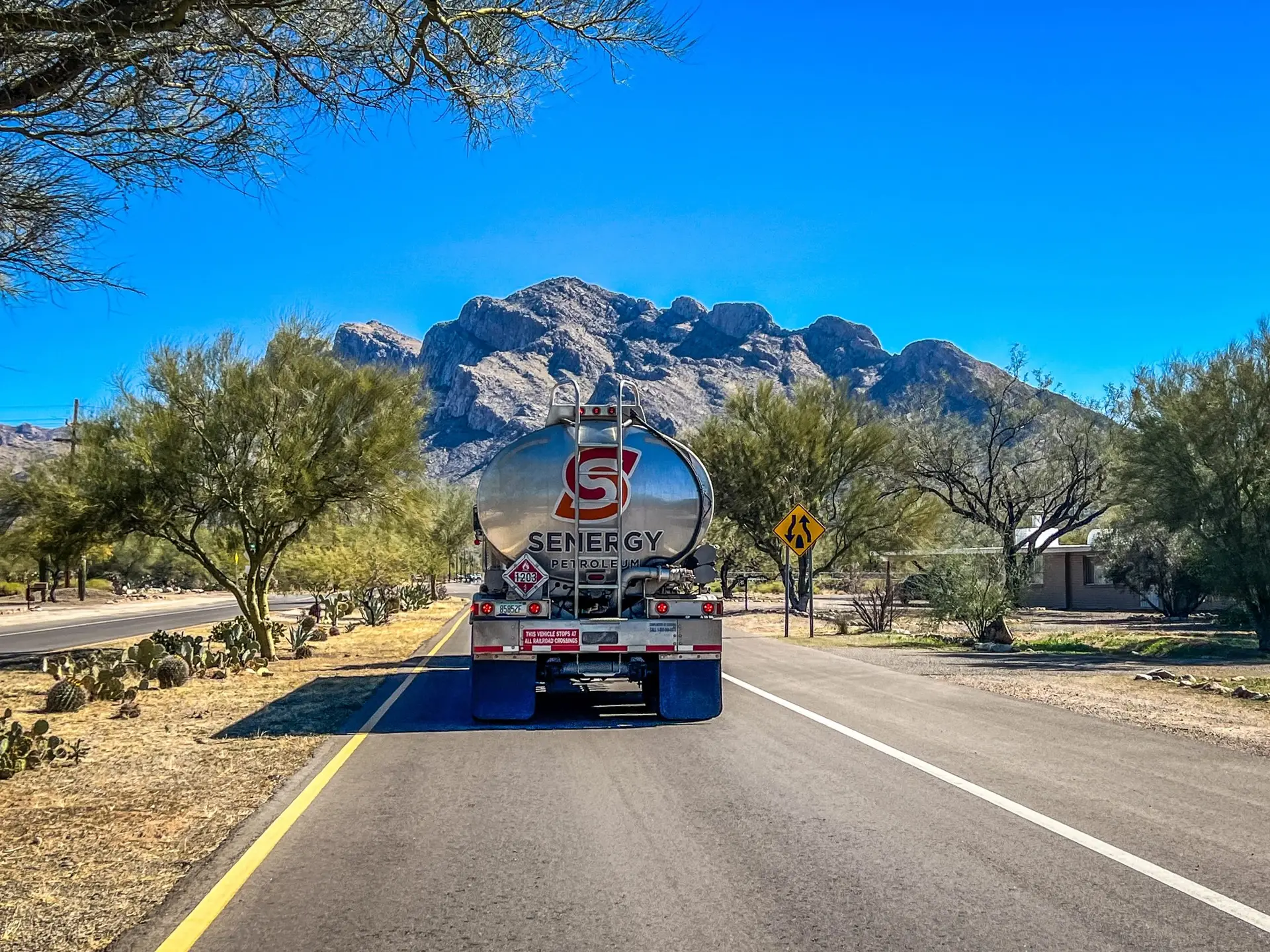Biodiesel is composed of methyl esters of fatty acids—organic compounds that perform similarly to ordinary diesel in most engines. In contrast, traditional diesel is a fossil fuel, refined from crude oil, a finite resource, and primarily composed of hydrocarbons. While diesel delivers impressive energy output and reliable performance for heavy-duty vehicles, it is a significant greenhouse gas emitter and non-biodegradable.
One of biodiesel’s key advantages is its compatibility with existing diesel systems. It can be used directly without requiring any modifications. Typically, biodiesel is blended with petroleum diesel at ratios such as B5 (5% biodiesel) or B20 (20% biodiesel), allowing for a phased approach. This makes adoption easier for customers, enabling them to gradually incorporate biodiesel and assess its effects on their systems.





